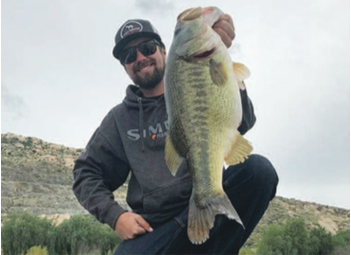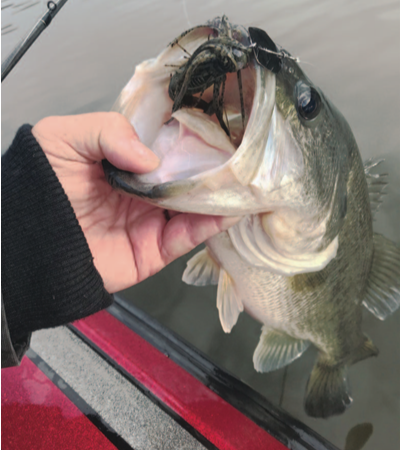
BY GEORGE KRAMER
In the introduction to the 1990 coffee table book, Bass Fishing, An American Tradition, there are a couple lines that still hold true, even as the sport has pushed the outer limits of technology. In a nutshell the author describes bass fishing as: “A hundred things that worked and a thousand more that should have.”
Many at-home lure makers surely think that way. You hold your creation up to the light and you envision success. Of course, the reality of either case will be confirmed in the actual fishing. Though fewer of us are involved in making our own lures or rigs today, don’t we do something similar as we peruse paper or online catalogs? We look for that something that is a little different — not just those marked “best sellers.”
The longer I chase bass, however, I’m always trying to find something that fits the season — even if the season is a little early or a little late. A season, then, meaning a period where certain conditions persist that are stable long enough that the fish will react as if it were that actual season.
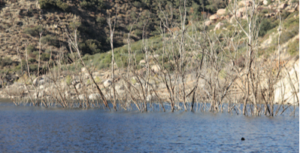
Best example: Winter to spring. If we have a mild spell of weather in California,
bass are going to act either as if it were actually spring or still winter, regardless of the calendar. Our job is to try and determine what the fish are doing and where they are locating. If you think of it in a linear fashion, like on a train track, we all know the track ends at the beach. If the weather is mild for weeks, I start at the beach and work back. If the guides on my rod are freezing up, I start deep and I may just stay deep.
The problem most of us may have is we jump to conclusions. We note measurable conditions such as water and air temperatures, and then we assume certain fish behavior will naturally follow. Cody Spetz, a rising star from Menifee, told me of his experience in the recent Arizona Open on Lake Havasu.
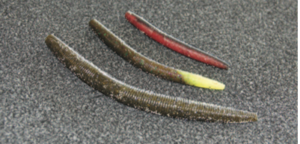
He agrees, we need to know what stage the fish are in, but it turned out, his read on that river lake was not precise. He saw the water and daytime air temperatures, so going out he said, “I think I’m going to bed fish; but they were not meeting my expectations. It was still a full-blown winter pattern with the fish sitting off the bank.”
That forced him to scramble, and while he did catch fish, not having the “confirming” experiences that the fish were doing what they should have, it pretty much knocked him out of contention on the very first day. A quick learner, he told me, “I need to stop going into the tournaments thinking I’m going to do this or that [ahead of time.]” But most of us are not under the same kind of pressure as the pros — to instantaneously get on the pattern. If not last Saturday, we should be better this coming Saturday — if we don’t get a big weather change. We also have reliable methods that we count on to get us bites even when things “slow down.”
In monitoring a lot of anglers and their reliance on certain baits or areas, in many cases the lure choices don’t really matter — at least in the mind California favorite son, Gary Klein, one of the founders of TV’s MLF. Whether it’s a jig or a spinnerbait, underspin or a plastic worm, whatever the bite, he says, “They’re (any of those lures) catching the same fish.”
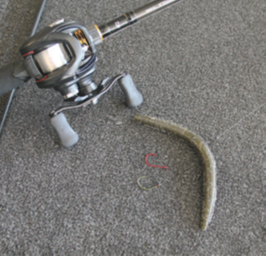
It may be cool to suddenly become the best A-rigger in your club or the best tube fisherman, however, if you catch 10 pounds every weekend and the best drop-shotter also catches 10 pounds the same day, it only appears that you have found a new pattern. But that’s really not the case. It generally takes a proactive effort by the angler to catch a better fish, rather than just waiting for a good one to find you.
For this, says Spetz, “I have a one-two approach at this time of year when the water starts warming. I fish no deeper than 15 feet because I know they are staging.” In some lakes, such as Diamond Valley, it’s clear enough that he can actually see them, so there is no doubting.
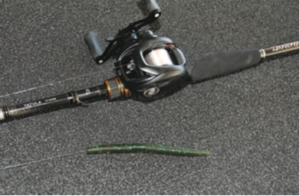
And the winter/spring period is made for this.
